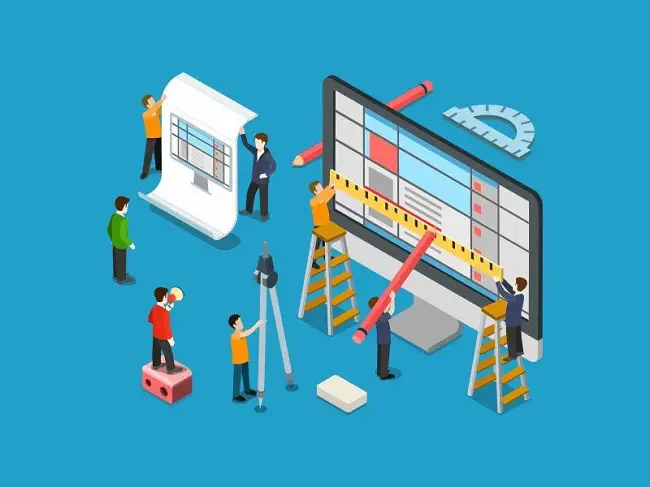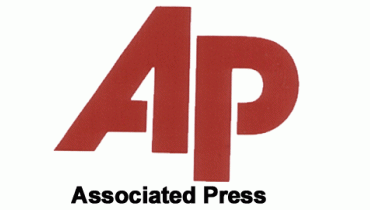7 Excellent Web Development Tips for Your Website’s Success

Web development is an important initial project for creating a website for any business or creative purpose. It broadly refers to the tasks associated with developing websites, and may include use of content management systems (CMS) to make content changes easier and development possible even with basic coding and technical skills.
The development process entails key stages, including the stage of preliminary collection of information, careful planning, as well as support after the launch of the site.
When you start planning your website development process, the two main challenges you are likely to face are the time and cost of development. Building a truly professional site can take quite a bit of time and money to make it function the way you envision.
In order to outline and manage how the work on the project will proceed, you can create a schedule for the development process that will contain the main tasks of the project, as well as the stages of which it consists. This will allow you to conveniently monitor the overall progress of the project and ensure that the tasks will be solved exactly as planed and on time.
So, which are the main stages and tasks you need to monitor and manage when developing your website?
Key Web Dev Stages and Tips to Build a Winning Site
There are a number of key tasks that are required for a successful web development project. To walk you through the entire process, here are the main web development stages you should know about, and key tips that’ll help you develop a website that is bound for success:

1. Preliminary Research & Information Gathering
The preliminary research and information gathering to determine how to proceed with the development process, plus what to consider to create a successful website.
The most important thing is to get a clear and complete understanding of what the purpose of your future site will be, what goals you want to achieve with its help, and also what target audience you want to attract to it. This kind of web development questionnaire will help determine the best strategy for the further development of the project.
Different sites provide visitors a different functionality, which means that different technologies should be used in a particular case. A detailed plan can prevent you from spending additional resources on solving unforeseen difficulties.
2. Create a Sitemap
A sitemap describes the relationship between the various parts of your site. This helps to understand how convenient it will be to use. With the help of this, users can easily navigate to other internal pages from the main page.
The main goal of creating a sitemap is to create a site that is easy to navigate and user-friendly. This allows you to understand the internal structure of the future site. Creating a layout is a visual representation of the future interface of the site. The layout is a kind of sketch of the future site. You can use one of the available online services to create layouts.
3. Selection of Visual Elements
All visual elements, such as images, photos and videos, is being created right now. While making a selection over visual elements, you should take into account the interests of the customer, as well as the target audience.
At this stage, the designer creates a page layout. The main purpose of the template is to visualize the structure of the page, its contents, as well as display the main functionality.
The template contains colours, logos and images. It provides an opportunity to judge how the final site will look like in the end result.
If you are not satisfied with some design aspects, you must modify the existing template. This cycle is repeated until the customer is completely satisfied with the result.
4. Content Creation
The process of creating content usually goes along with other stages of development and its role should not be underestimated.
You need to describe the very essence of what you want to convey to the audience of your website, as well as add a CTA (call to action) button to your site.
This stage also includes creating attractive and catchy headlines, writing and editing text, compiling existing texts, etc. Creating a space for these things at the development phase will allow the designer and SEO specialist to place accordingly.
5. Layout Structure of Site
The layout of the site consists of all graphic elements and hierarchy structure of pages represent in this phase. Usually, the home page is created first, and then the remaining pages are added to it in accordance with the hierarchy developed at the stage of creating the sitemap.
The CMS is also installed at this stage. All static elements of the website turn into real dynamic interactive elements of the web page.
An important task is the implementation of SEO-optimization (Search Engine Optimization), which is an optimization of web page elements (headings, descriptions, keywords) in order to increase the position of the site in the results of search engine results. The validity of the code is crucial in this case.
6. Testing & Launch
Testing is probably the most routine part of development. Every link should be checked, every form and every script should be tested.
The text should be checked to identify possible typos and errors. Code validators are used to make sure that the code is fully consistent with modern web standards. This can be extremely important if cross-browser compatibility is critical for you.
After you have checked your site, it can be uploaded to the server. After downloading the site to the server, it is necessary to conduct another test in order to be sure that during the download there is no unexpected errors and all the files are safe and sound.
7. Post User Reviews & Regular Updates
It is important to understand that a website is a service better. It is important to be sure that everything works as planned, and users are satisfied with the final product.
The feedback system will allow you to identify problems encountered by site visitors. The most critical task in such cases will be to resolve the problems as quickly as possible. Otherwise, your users would rather prefer a different resource.
Also, do not forget to regularly update the CMS. Regular updates will save you from bugs and security issues.
Conclusion
You need to constantly remember that the process of developing a website does not start with code writing and does not end after the site is launched.
The preparation phase affects all subsequent stages, determining how productive the process of working on the project will be. A thorough and in-depth study of aspects such as gender, age and end-user interests can be decisive.
Support for the site after its launch is also extremely important. You must be prompt enough to be able to quickly correct errors that have occurred and solve problems that users have.




















